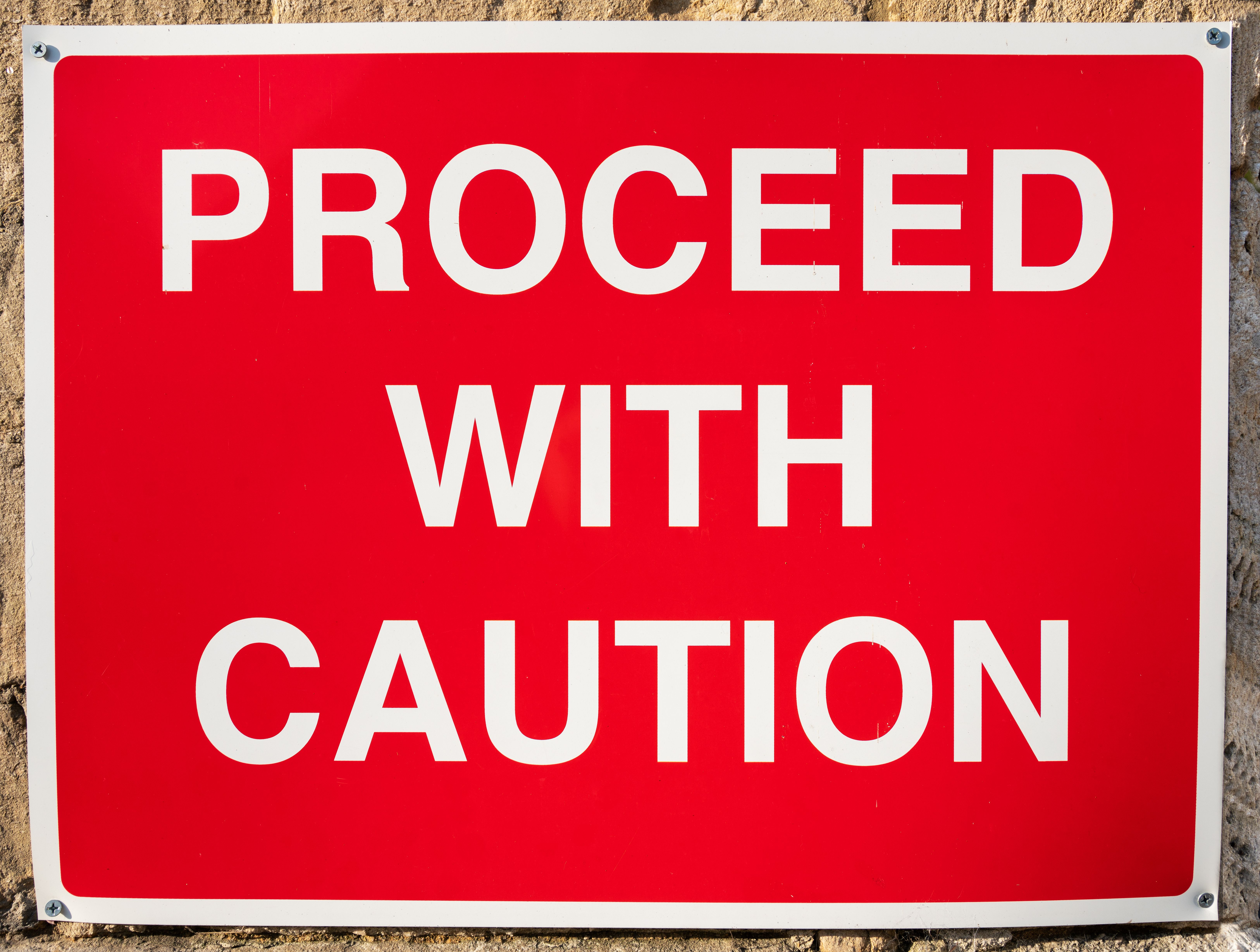Considerations for reopening post COVID-19
As restrictions are lifted on businesses around the country, many veterinary practices are weighing their options for how to proceed with caution while maintaining safety for staff and clients alike.
John / stock.adobe.com

“May you live in interesting times.” Until a few months ago, I had only a vague understanding of just how perilous that curse could be. With coronavirus restrictions lifting throughout the country, we are all searching for the new normal. Whether you believe the pandemic is the Spanish flu all over again or just a worse-than-normal influenza season, your practice will need to address client concerns if you hope to return to 2019 growth rates.
To one extent or another, veterinary practices have always promoted safety. As medical professionals, you understand infection vectors and the importance of pathogen control, and you are already diligent about masks, gloves and handwashing. The question now is what has changed in the minds of your clients. How will they perceive your practice’s standards not just for their pet’s health but also for their own?
We’ve talked with many of our clients to see how they’ve modified their business practices in the face of COVID-19. Internally, we’ve had many discussions on how it may change future hospital design. Even when an effective vaccine or treatment becomes available, client concerns will likely remain. Here are a few strategies you can implement now and considerations for the future.
Continuing curbside check-ins
Despite the easing of safety restrictions, many practices want to continue to use minimal-contact procedures. The key is keeping client time in the office to a minimum with the least surface contact. Asking clients to check in via phone or text, having them wait in their vehicles rather than in the lobby, and walking clients and patients from your front door directly to an exam room are all ways to keep contact to a minimum.
Of course, following your local health department requirements should be standard. Mask wearing has, unfortunately, become a divisive issue, and some of the most ardent objectors have taken to claiming medical exemptions. You can set your own practices here, but be aware that neither HIPAA nor ADA requires you to allow clients in without a mask. ADA does require that those covered under a legitimate disability be given reasonable accommodation, and curbside check-in absolutely falls under that definition.
Maintaining relationships … from a distance
Client interactions are a form of information exchange: What’s the complaint, the patient’s health history, insurance and payment information? But outside of patient handoff, there is very little that cannot not be accomplished remotely.
Many veterinarians built their practice around the idea of client communication and personal connection. Moving to social distancing can be a tough sell, but it doesn't have to mean giving up on those great relationships. Technology has never been more accessible; Zoom, FaceTime and other free video call apps easily allow face-to-face conversations from virtually any smartphone. Your existing website can also include links for medical history info, lab results and payment transactions.
Paul Gladysz is a principal of BDA Architecture, a firm specializing in the planning, design and construction of animal care facilities, and has over 30 years’ experience in design and managing animal care facility projects.